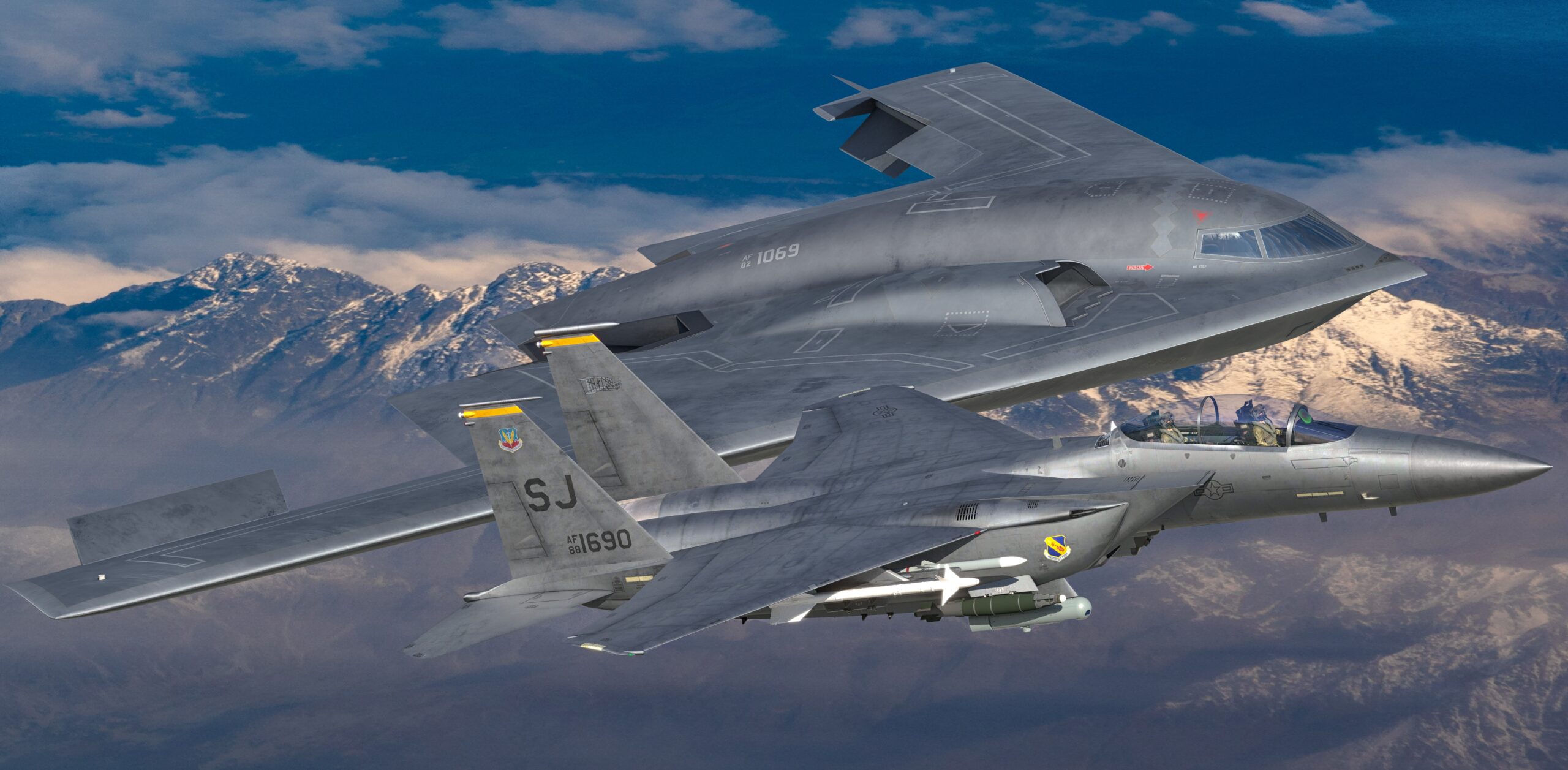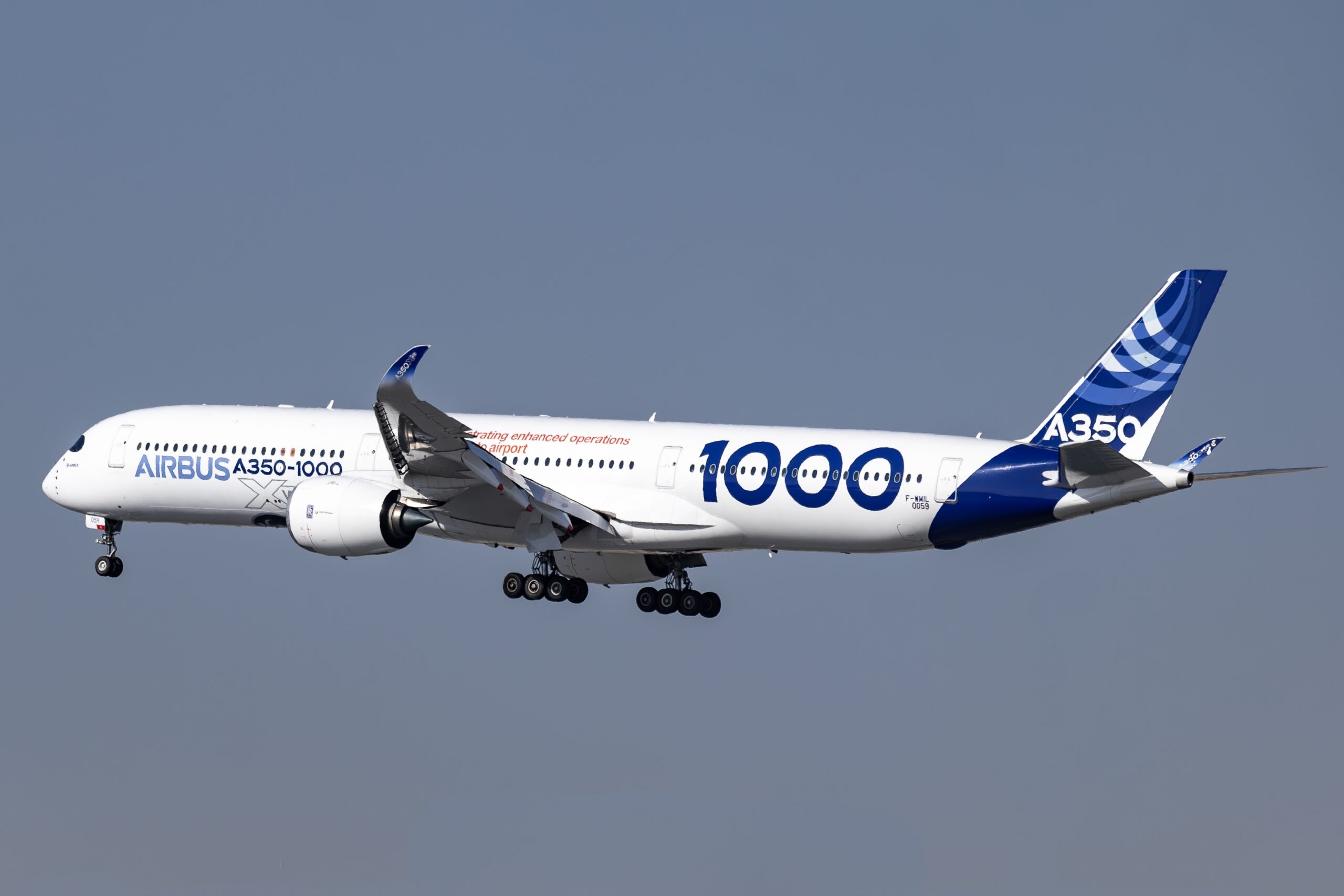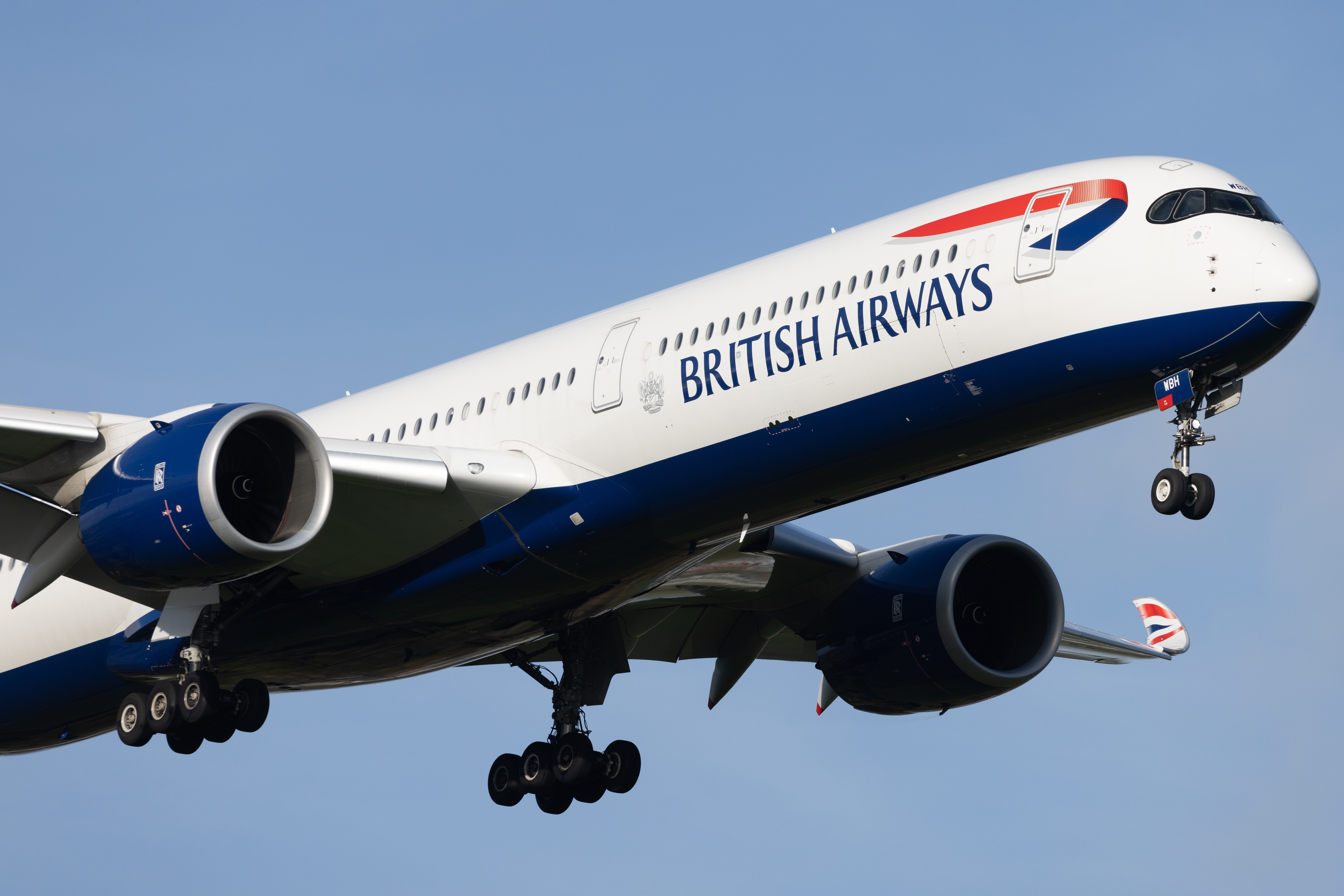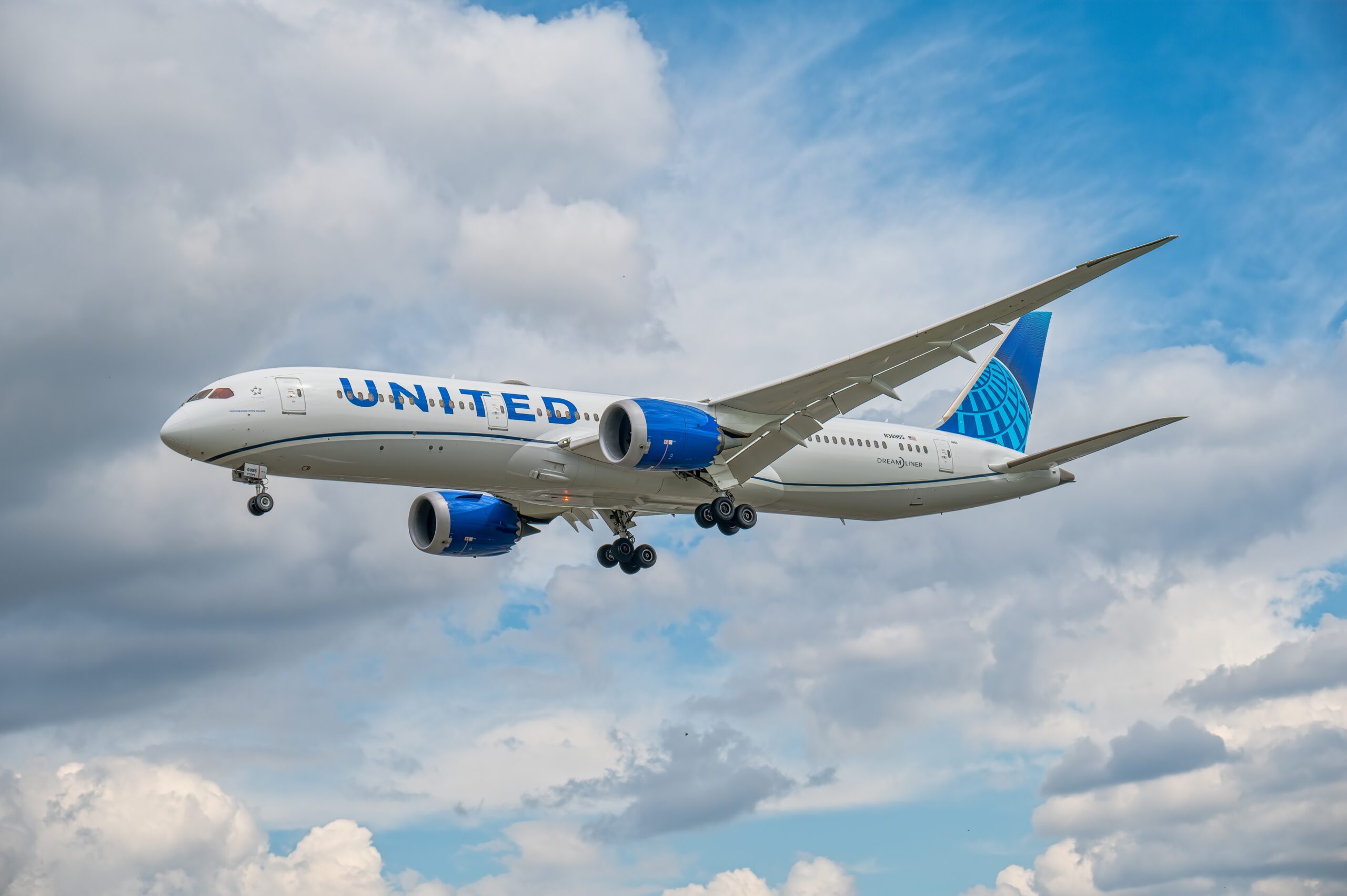Types of Planes
Understanding the different types of planes is essential for aviation enthusiasts, travelers, and professionals alike. This article covers the primary categories and their unique characteristics.
Commercial Airliners
These planes are designed to carry passengers and cargo over long distances. They are built for efficiency and comfort to maximize the travel experience while minimizing operational costs.
- Narrow-body Aircraft: These single-aisle planes typically seat between 100 to 200 passengers. Common examples include the Boeing 737 and the Airbus A320.
- Wide-body Aircraft: Featuring two aisles, these planes can carry more passengers and are used for long-haul routes. Examples include the Boeing 747 and the Airbus A380.
- Regional Jets: Smaller than narrow-body jets, they are used for short flights within regions. Models like the Bombardier CRJ and Embraer E-Jet series fit this category.
Cargo Planes
Unlike commercial airliners, cargo planes are specifically designed or converted to transport goods. They often feature large doors and reinforced floors to handle heavy loads.
- Dedicated Freighters: Aircraft designed from the ground up for cargo, like the Boeing 747-8F or the Antonov An-124, which can carry oversized and heavy items.
- Converted Freighters: Passenger planes modified to carry cargo. Examples include the Boeing 737-800BCF and Airbus A330-200F.
Military Aircraft
These planes serve various roles, from combat to transport. They are equipped with advanced technology to meet specific military needs.
- Fighter Jets: Designed for air-to-air combat, examples include the F-22 Raptor and the Eurofighter Typhoon.
- Transport Planes: Used to move troops and equipment, such as the C-130 Hercules and the C-17 Globemaster III.
- Surveillance Aircraft: Equipped with sensors and cameras for reconnaissance, including models like the E-3 Sentry and the Global Hawk.
- Bombers: Designed to attack ground targets, examples are the B-2 Spirit and the Tu-160 Blackjack.
General Aviation
This category includes all civil aviation operations other than scheduled air services and cargo flights. Aircraft are typically used for personal, business, and instructional flying.
- Single-Engine Pistons: Affordable and accessible, examples include the Cessna 172 and Piper PA-28 Cherokee.
- Light Sport Aircraft: Easy to fly and maintain, like the ICON A5 and the Tecnam P2002.
- Business Jets: Used by corporations and wealthy individuals for private flights, such as the Gulfstream G650 and the Bombardier Global Express.
- Seaplanes: Capable of taking off and landing on water, examples include the De Havilland Canada DHC-2 Beaver and the ICON A5.
Experimental/Homebuilt Aircraft
These planes are usually constructed by aviation enthusiasts. They push the boundaries of design and performance.
- Kitplanes: Sold as kits for assembly, like the Vans RV series and Lancair Evolution.
- Scratch-built: Custom-built from plans or original designs, unique to each builder’s vision and capabilities.
Helicopters
Although not typically categorized as planes, they play an essential role in aviation. They offer vertical takeoff and landing capabilities and are used in various fields.
- Utility Helicopters: Used for tasks such as search and rescue, construction, and firefighting. Examples include the Bell 206 and the Sikorsky S-70.
- Attack Helicopters: Designed for combat, such as the AH-64 Apache and the Mil Mi-24.
- Transport Helicopters: Used to move troops and supplies, like the CH-47 Chinook and the Mil Mi-26.






